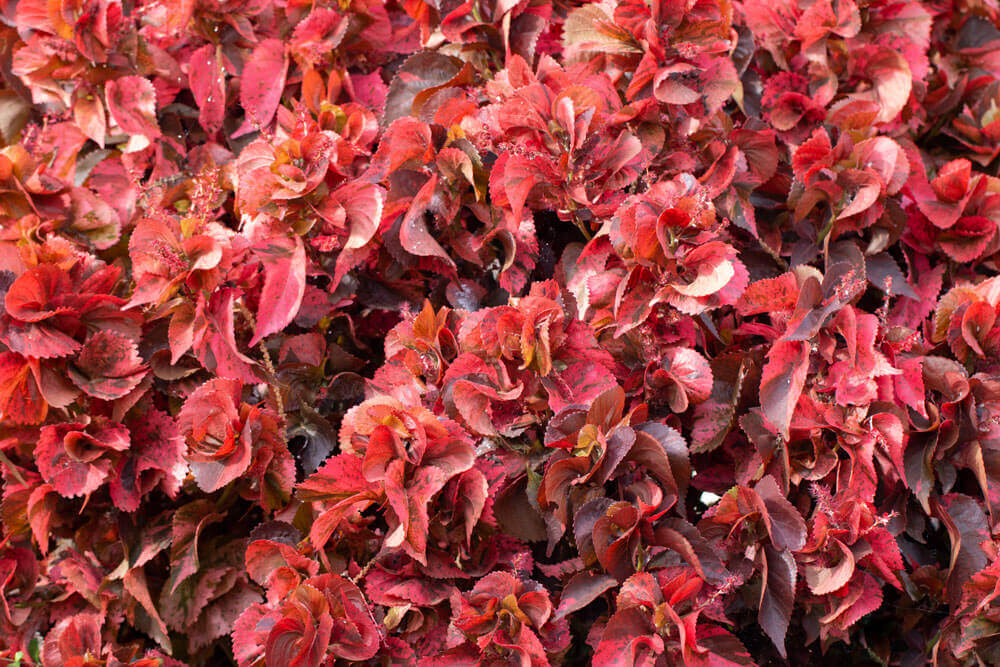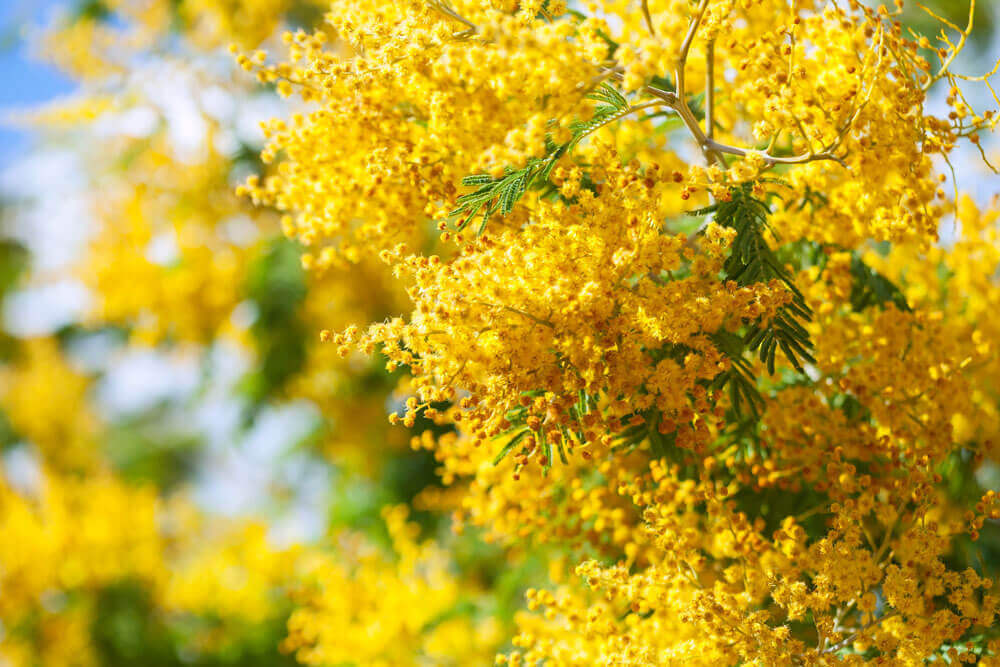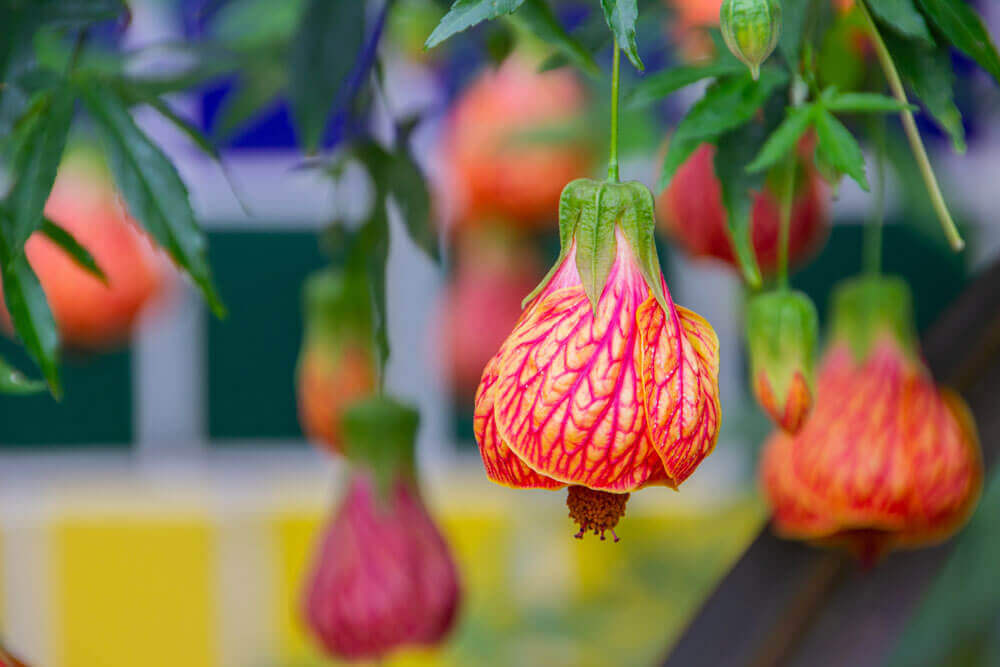Acalypha: Identification, plant Growth and reproduction

Learn about the plant
Acalypha is genus around 430 varieties of evergreen shrubs and trees and shrubs, and annuals, from tropical and subtropical regions. TheThe two main distinct categories of Acalypha. The more significant famous type bears very long tassels of little flowers amongst its dull leaves, and also, the different kind has colorful foliage with insignificant blossoms.
Plant growth conditions
The plant is suitable for temperatures between 18 and 27 degrees Celsius during the day and a minimum of 17 degrees Celsius at night. The plant prefers the most light and is not suitable for direct sunlight.
Availability of fog is necessary and keep the compost moist.
Plant reproduction
Cut off part of the stem of the plant at any time of the year.


